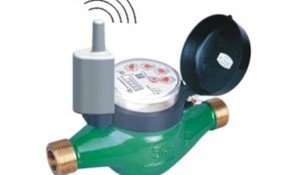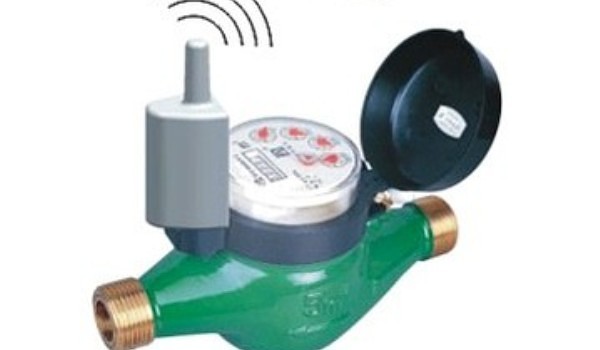
It seems it is back to the future for Waikato District Council on water meters as it has decided to install old technology meters that have to be read manually. After waiting several years for smart water meters to become available the Ngaruawhia based council’s infrastructure committee on Tuesday 12th decided technology had not progressed as fast as they had hoped and chose to press ahead with conventional meters in the areas of Huntly, Ngaruawahia and Raglan.
It seems they haven’t been in touch with water providers in other parts of the world who already use smart water meters. In San Francisco, the water agency has already installed 180,000 smart water meters in homes and businesses across the city. The San Francisco water agency switched their smart water system on back in May of this year. The Waikato councillors were told by staff that smart water meters were still seven years away.
At Tuesday’s infrastructure meeting only two councillors stood against this back to the future decision. Huntly councillor Graeme Tait said the flip back to conventional meters was “jumping from one boat to the other boat in mid-stream”. And Raglan councillor Clint Baddeley, said the council should look at options like rainwater and collected water systems for new houses. “I think we’re getting hung up on water meters when there’s a hell of a lot more we can do to conserve water,” he said. Adding, “We’ve got to get smarter, and water meters, on its own . . . is not enough.”
The Waikato Council continues to ignore the holiday destination nature of Raglan, where many baches and rental properties are vacant or little used for much of the year. The latest census shows an occupancy rate of only 59%. This means that under a water meter regime, the unoccupied 41% will see a reduction in their water bill while the permanent residents will see an increase in their water bill. The council claim that metering will reduce Raglan’s water demand just isn’t supported by the facts. They ignore the fact that water usage in Raglan is primarily driven by visitor numbers.


Hi Roger.
in a city of 800000 + citizens 180000 is less than 20%.
Smart meters require a power source and fibre cables, to operate and send out data,
the price to install these present systems would be prohibitive…in the future there may be better systems..
As with FM radio and Digital TV these systems were available in the northern hemisphere long before they were available here…
Smart water meters can operate over power line communications (PLC), telephony, broadband, fibre optic cable, wireless radio frequency and cellular transmissions.
The main point is that is no need for any water meters in Raglan. They are just an expense that doesn’t add any value in our situation.
I’m in slightly tricky position in that I work for the council, but I’m also a ratepayer.
I’m actually ambivalent about water meters going in terms of whether benefits will out way the costs, but I’m pretty sure I will be able to make savings..
However in my view research needs to be done into who or what is driving this process. Politicians, central and or local, Waikato REGIONAL Council, Smart Water Use etc.?
All water use by any and everyone in the Waikato including our District Council needs permission and consent thru Waikato REGIONAL Council under the Resource Management Act 1991. I personally believe, someone correct me if I’m wrong, It is they who are encouraging the installing of water meters…everywhere
You’d have to ask Malibu or John Lawson about the Act. The impression I have is that the Government is driving it. They say they are after water conseravtion and hope that a market approach around water meters will achieve it. When the water rights are issued Regional Councils require District Councils to do something about water conservation and water meters are an easy tick-the-box that achieves it. Mandatory water grey water reuse systems would be a lot more effective.
Metering is supported by all levels of government. Community Board member, Bob McLeod is pressing for a cost benefit analysis of metering. The current proposal is based on a 2010 water demand management plan for the whole district, which just seems to have concluded that metering would save water, but doesn’t seem to have quantified the costs or benefits. The benefits are that metering will save the cost of pumping and chlorinating some water. As Raglan treatment plant has just been upgraded and there’s ample water, it won’t save anything in capital costs. The cost of meters will be the remainder of the $2m allocated to put blue boxes with manifolds on our property boundaries. In addition there will be the cost of the meters and the cost of replacing them at roughly 10-yearly intervals, plus the cost of a meter reader and the cost of calculating individual bills for each user. There will also be a social cost for large, poor families and for tenants, who are unlikely to see their rents fall by the amount of the water rate, but will generally become liable for their metered water. An increased proportion of the cost will be borne by permanent residents, rather than those who are only here in summer. We will have an opportunity to make submissions about meters when the 2015 council plan is published in the autumn.